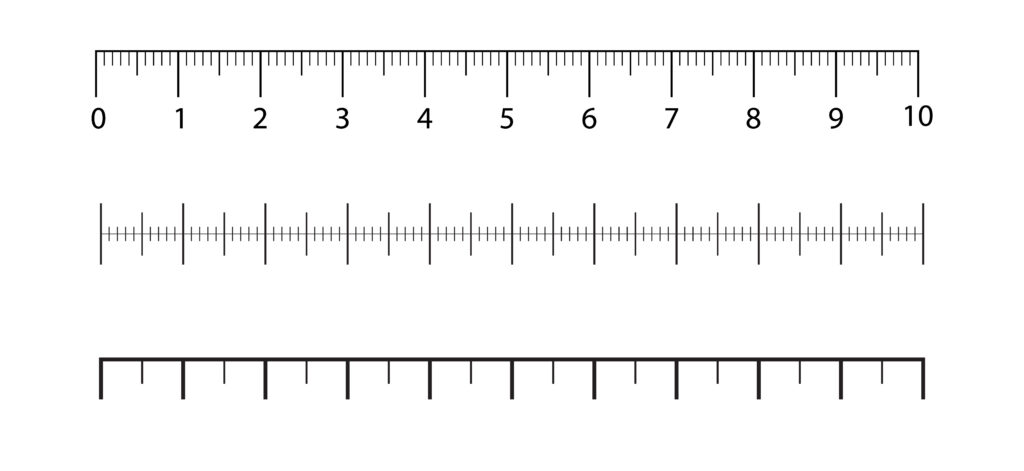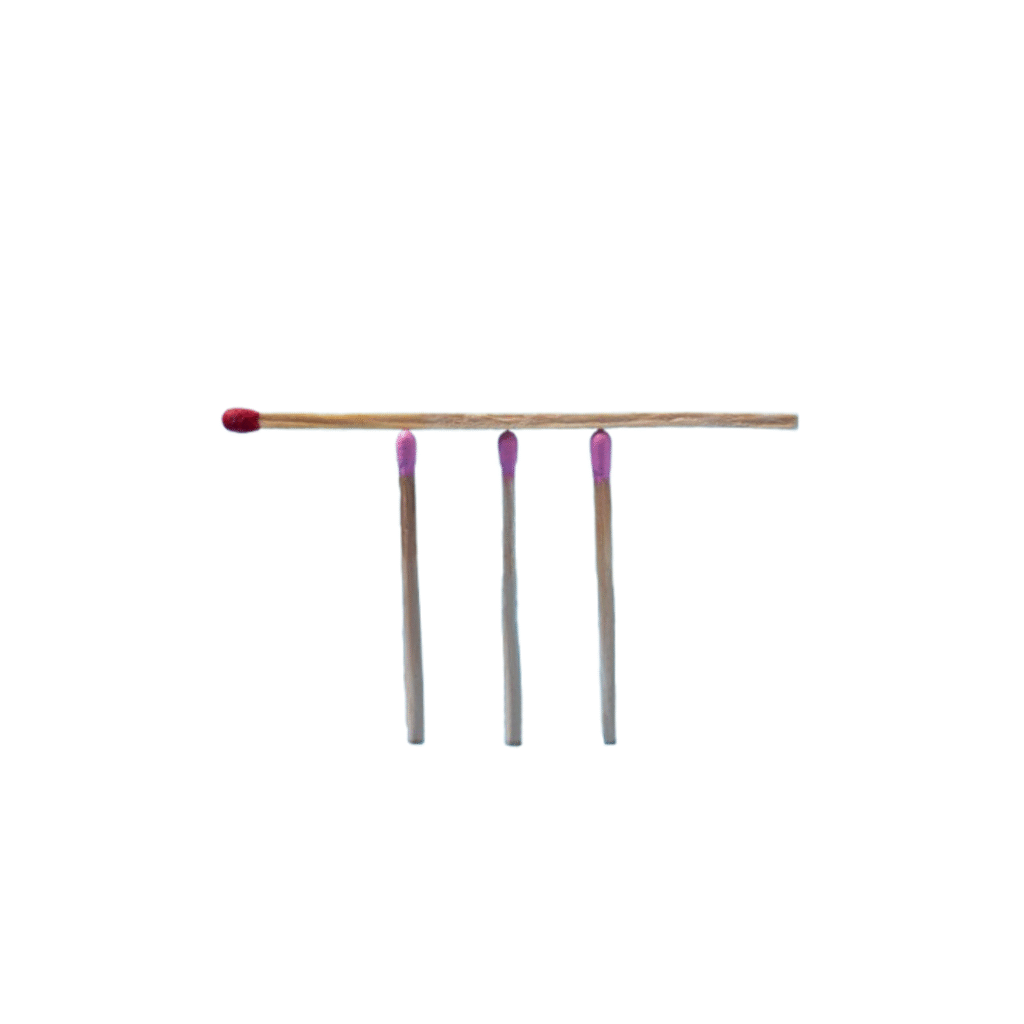A Square and a Cube
Discover mathematical patterns through interactive puzzles. Solve the locker problem and arrange numbers so adjacent pairs sum to perfect squares.
Help & Instructions
▼- Locker Puzzle: Simulate the locker toggling process to discover which lockers remain open
- Number Arrangement: Arrange numbers 1-17 so adjacent pairs sum to perfect squares
- Use the controls to step through the locker puzzle or check your solutions
- Drag numbers to arrange them in the correct sequence
- Understand factors and multiples through the locker puzzle
- Discover patterns in perfect squares and square numbers
- Develop problem-solving and logical thinking skills
- Explore mathematical sequences and patterns
The Locker Puzzle
There are 100 lockers and 100 people. Person 1 opens every locker. Person 2 toggles every 2nd locker, Person 3 toggles every 3rd locker, and so on. Which lockers remain open after all 100 people have taken their turn?
Arranging Numbers
Arrange the numbers 1 to 17 (without repetition) so that each pair of adjacent numbers adds up to a perfect square.
These puzzles demonstrate beautiful mathematical patterns. The locker puzzle reveals how perfect squares have an odd number of factors, while the number arrangement puzzle shows how numbers can be connected through their relationships to squares.
The Mathematics Behind the Puzzles
Factors and multiples are central to the locker puzzle:
- A locker is toggled once for each of its factors
- Most numbers have an even number of factors
- Perfect squares have an odd number of factors
- Only lockers with perfect square numbers remain open
The number arrangement puzzle involves concepts from number theory:
- Perfect squares: 4, 9, 16, 25, 36
- Number pairs that sum to perfect squares
- Graph theory: representing numbers as vertices and connections as edges
- Finding a Hamiltonian path through the number graph
These mathematical principles have practical applications in:
- Computer science: Algorithm design, optimization problems
- Cryptography: Number theory applications
- Operations research: Scheduling and routing problems
- Network design: Creating efficient connections


